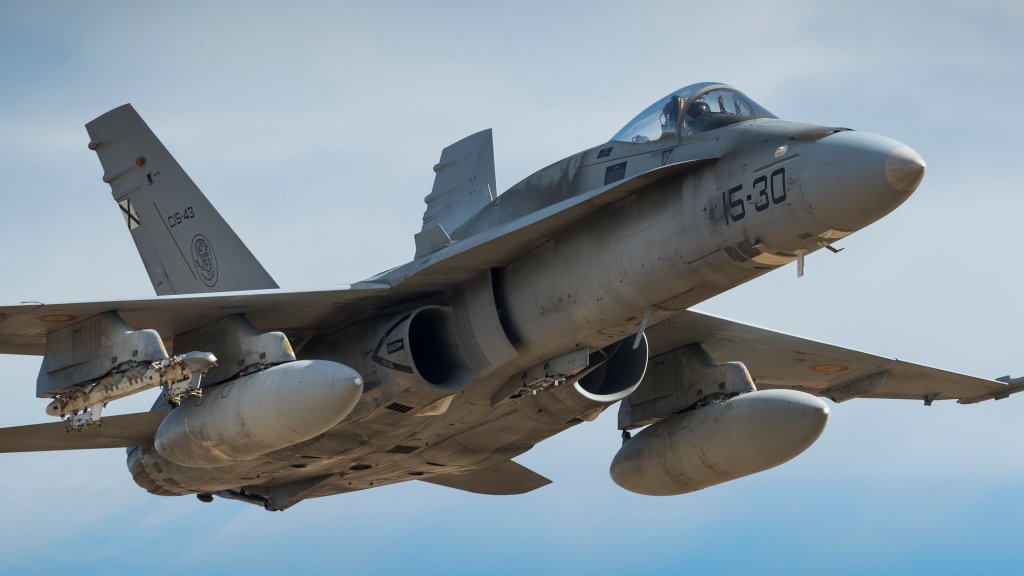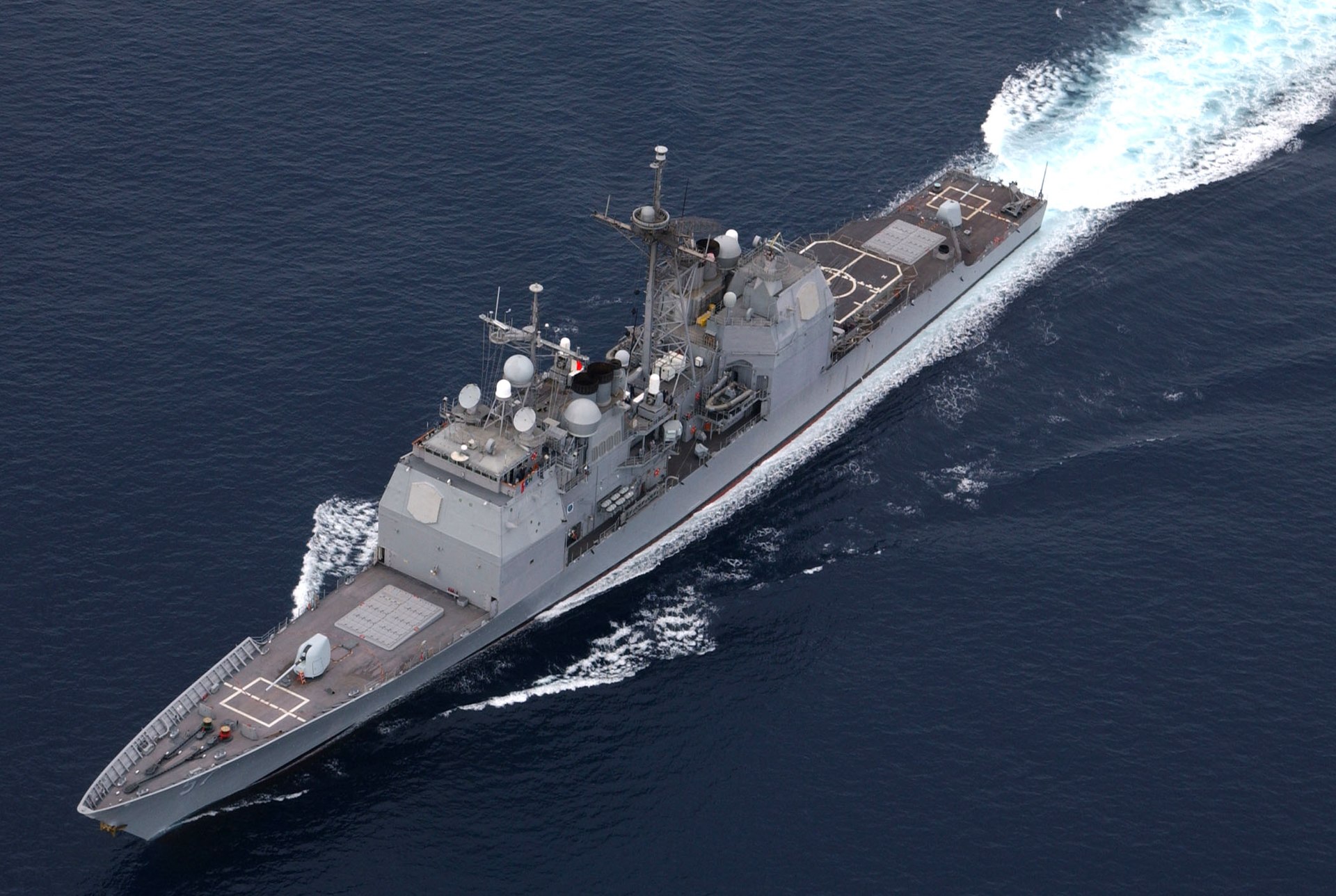There's much talk about the scarcity of great photo and video evidence of UAP, indeed an argument I often hear is that in a world full of HD camera phones there should be more high quality footage on display. I, like many people, have seen some curious things in the sky, mainly at night and when I have gone to capture this with my phone have found that it's actually pretty rubbish at recording far away objects in any great level of detail, the videos are blurry, unfocused, and could be of anything.
So, in the interest of posterity, what would be the perfect set up for recording and identifying things in the sky? I've heard mention of the Nikon P900 but I've heard it's actually quite hard to keep an object in frame when it's zoomed in very far. I know very little about cameras so, please enlighten me.
So, in the interest of posterity, what would be the perfect set up for recording and identifying things in the sky? I've heard mention of the Nikon P900 but I've heard it's actually quite hard to keep an object in frame when it's zoomed in very far. I know very little about cameras so, please enlighten me.


